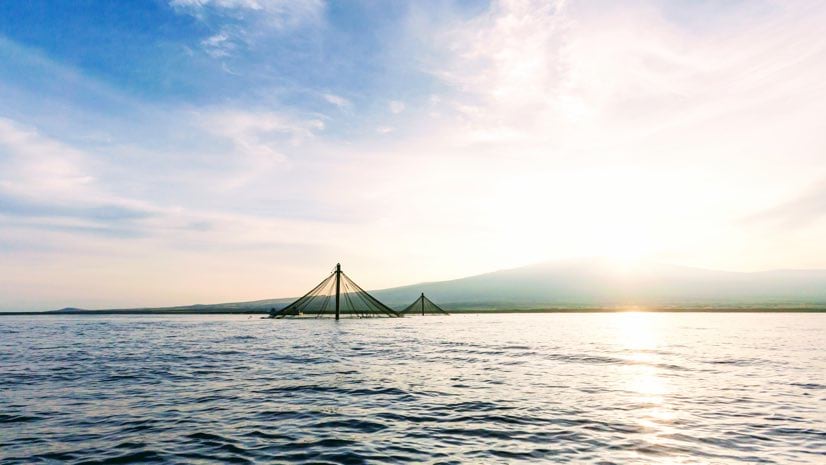
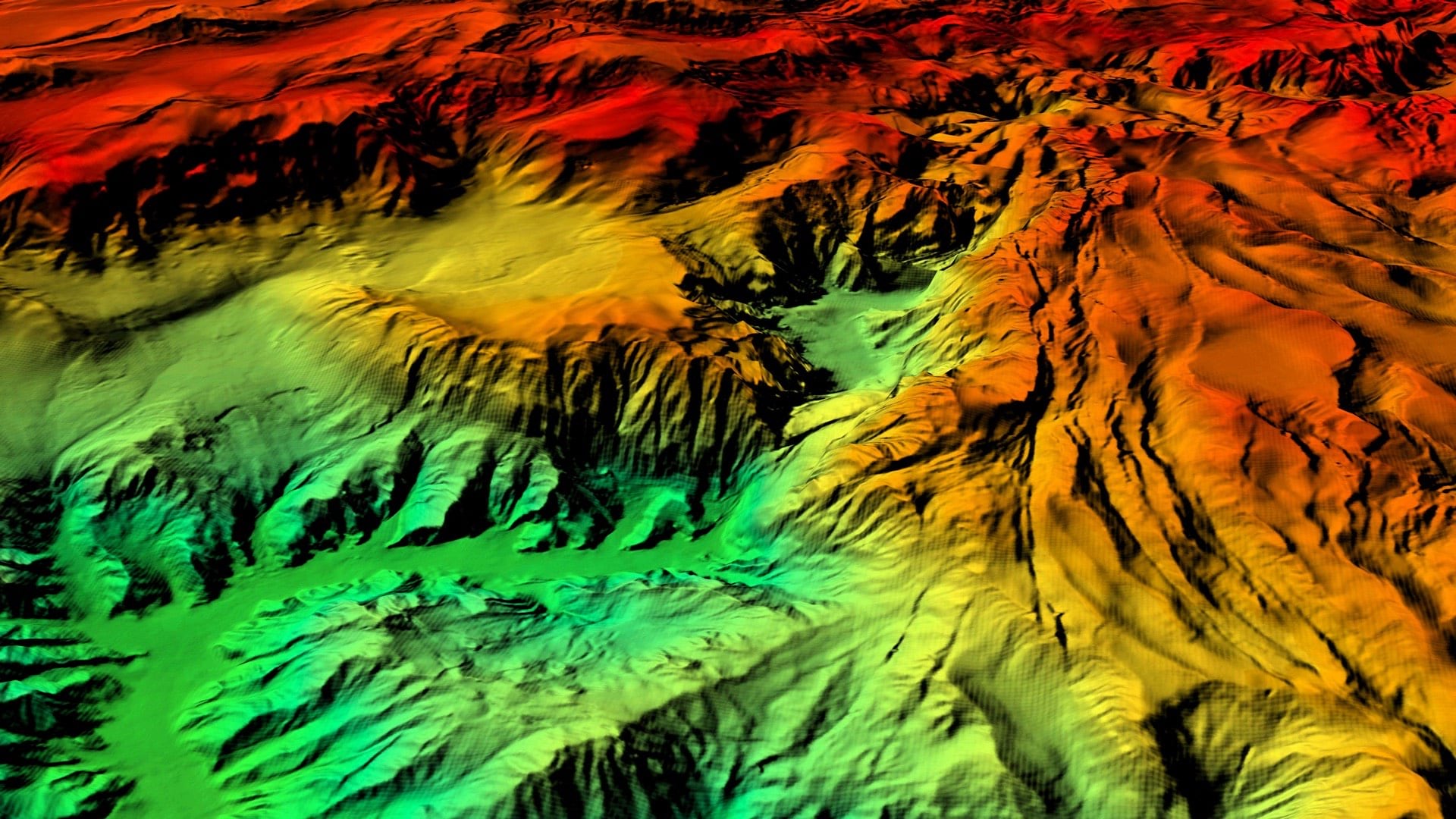
December 5, 2019 |
February 6, 2020

The life of a farmer comes with the compounding uncertainties of weather, fluctuating yields and prices, government policies, global market pressures, and other factors that can cause wild income swings. Similar instabilities exist when farming fish in the ocean.
Oceanographic events, such as cold or warm water fronts and harmful algal blooms, impact fish in the same way that flooding, drought, or a plague of locusts can devastate a crop.
For a fish farmer, losing a pen of fish can mean a loss of over $1,000,000. To combat these risks, aquaculture farmers are turning to sensors and location intelligence for greater awareness of threats. The approach is also helping reduce environmental impact.
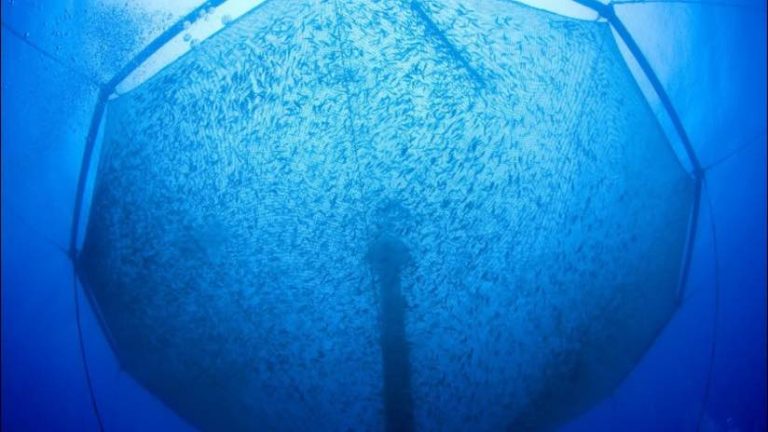
Aquaculture’s Advantage
Aquaculture, now the world’s fastest growing food sector, refers to a broad range of farming techniques applied to all manner of aquatic species, including ornamental aquarium fish. It includes fish, crustaceans, and bivalves such as mussels, clams, oysters, and even plants like seaweed.
Controlling algae has been a growing problem.
“Different species of algae have different effects,” said Tyler Sclodnick, senior scientist at Innovasea, a sustainable aquaculture platform, technology, and services company. “Some micro algae have filaments that grab gills like Velcro and suffocate fish. Large algal blooms produce oxygen during the day when there is sunlight but can suck up all the oxygen in the water at night, killing off a whole pen of fish very quickly.”
Fish farming happens inside many systems including indoor tanks, outdoor ponds, near-shore pens, open ocean, and more.
“Aquaculture is a very new and developing industry,” Sclodnick said. “Modern aquaculture started in the 1980s and early companies struggled to succeed. We’re now taking lessons learned from precision agriculture and marine spatial planning to improve outcomes.”
Moving from passive reactions to knowledge-based anticipatory actions in the aquaculture industry, professionals are using location intelligence based on remote sensing, the Internet of Things (IoT), and geographic information systems (GIS).
As the global human population increases so does the demand for seafood, pushing governments and businesses to find sustainable alternative fishing sources and practices. Many countries have found that aquaculture helps to restore habitat, replenish wild stocks, and rebuild threatened and endangered species.
In a recent report, “Mapping the global potential for marine aquaculture,” researchers from the Nature Conservancy, the National Oceanic and Atmospheric Administration (NOAA), and the University of California, Los Angeles (UCLA) detail the benefits of fish farming.
Co-author Peter Kareiva, director of the UCLA Institute of the Environment and Sustainability commented, “We need to find more protein for our growing population, and we have pretty much tapped out wild fish. This study shows that farming fish in the ocean could play a huge role in feeding people without degrading our ocean or overfishing wild species.”
The study found that the world’s oceans could produce the same amount of seafood currently caught from wild fisheries but using less than one percent of the total ocean surface if the most productive areas are chosen for aquaculture.
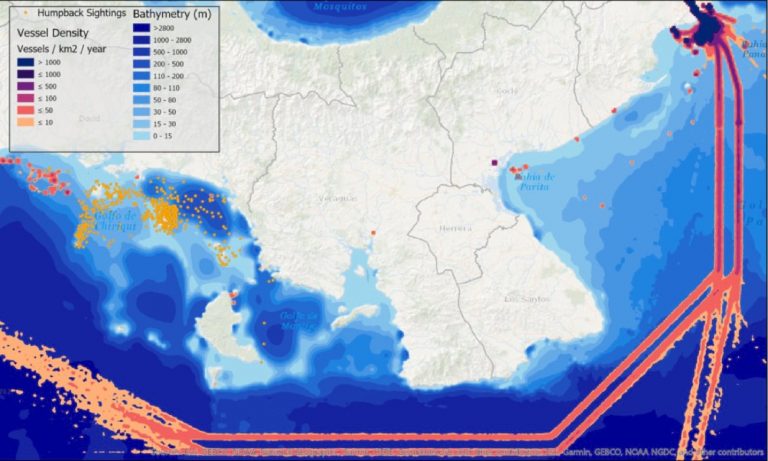
Siting to Fill the Seafood Gap
Overfishing continues to rise, yielding disruptions to the entire food chain of the marine ecosystem. Wild sea-life alone cannot provide for the overwhelming seafood demands. Aquaculture helps fill the seafood gap and provides healthy and environmentally sustainable animal-protein options.
NOAA Fisheries estimates the United States imports more than 80 percent of its seafood. About half comes from aquaculture. According to the Food and Agriculture Organization of the United Nations, the global aquaculture industry has the potential to play a pivotal role in food security efforts as the global population grows to an estimated 9.7 billion people by 2050.
By using GIS to select prime locations for a responsible fish farm, farmers can reduce overfishing, encourage aquatic ecosystem restoration, and help endangered species recover. This site selection requires macro-scale studies of each desired farm region.
“There are a lot of different inputs to pick the best site,” Sclodnick said. “We look at the fish processing capacity, fisheries landings, seafood demand, and things like that. We also look at the oceanographic parameters, the seafloor maps (bathymetry), the temperature, the wave environment, and the currents.”
Sclodnick said siting an aquaculture farm has a lot to do with proximity to infrastructure. If a client wishes to operate out of a port or a processing plant, it’s important to first look at local zoning restrictions, competition from fisheries, and the impacts of tourism.
Once the macro scale questions are answered, a micro scale study helps determine the exact positioning of pens. This takes into account seafloor characteristics, such as current flow and where to place the anchoring system.
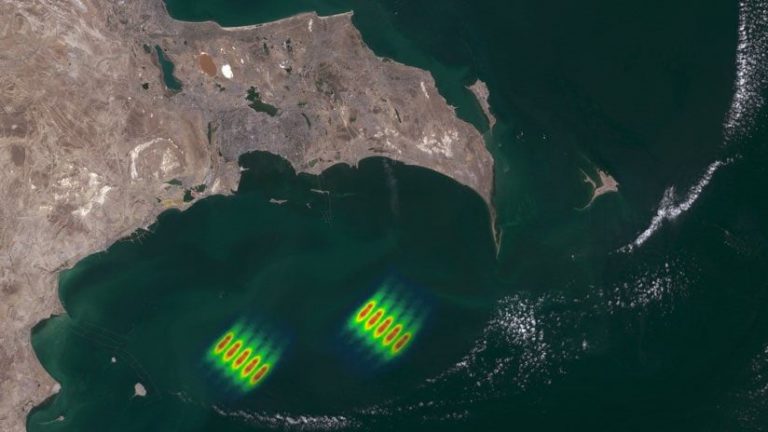
Open Ocean Versus Near-shore Farming
The two most common types of aquaculture in the ocean are near-shore and open ocean, and each has different farmer requirements, environmental impacts, and benefits.
Near-shore aquaculture is where much of the farmed salmon comes from. These near-shore pens float on the surface, making them easier to access and cheaper to maintain. However, near-shore sites often lack adequate underwater currents for water exchange, leading to build up of uneaten food and effluent that can cause harm to the fish, and the environment.
Open ocean aquaculture is a more difficult environment to farm, more expensive to set up, and requires robust equipment, but is a preferable environment for the fish. Open ocean farmers have more space for livestock, experience better performance, and a lower environmental impact because waves and currents remove waste products.
In both near-shore and open ocean sites, farmers must consider the environmental impacts.
“We help with picking a site that’s not near coral reef, not near seagrass, and not near important habitats of other species,” Sclodnick said.
Because growing and developing aquaculture farms in the open ocean is no easy feat, many farms still use near-shore or land based systems such as tanks, lakes, and ponds. But progressive farming companies are using GIS technology to analyze many layers of data before deciding where their projects are more likely to thrive—even if it means the more difficult venture of open-ocean.
In countries where aquaculture is well established, such as Norway and Scotland, data analysis and detailed modeling has become a requirement. Models must be run to determine the distribution of waste and the carrying capacity of the location to limit the number of fish to what the environment can handle.
“In major producing countries, they won’t grant you a permit until you demonstrate that you’ve collected data from the site, ran the model, shared plans about the fish you plan to stock, and shown that your plan has less impact than the threshold the government has set,” Sclodnick said.
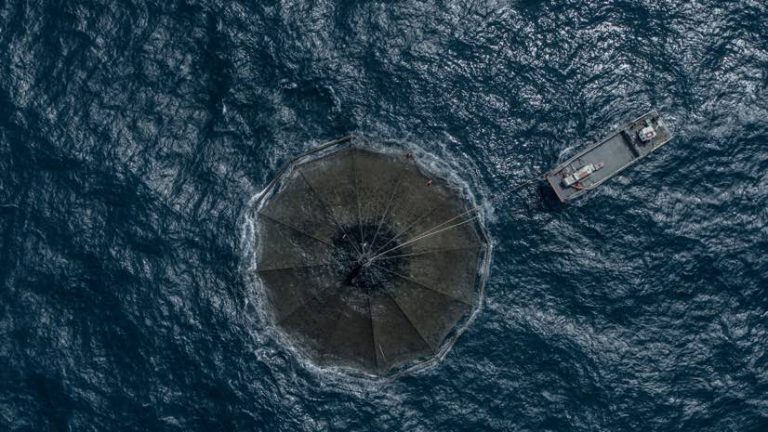
Making Global Aquaculture Sustainable
In some cases, aquaculture has acquired a bad reputation due to farmers who operate recklessly especially in countries that do not require permits or zoning where anyone can proceed with installing fish pens.
“Some people may have said, ‘let’s make as much money as we can,’” Sclodnick said. “That’s not innate to aquaculture, that’s a bad operator. Profitability for the farmer and environmental sustainability—in most cases—go hand in hand. Most coastal farmers want to do right by the ocean, but also because you can’t have a successful farm where the environment is falling apart.”
Sclodnick and the team at Innovasea have been working to provide platforms and services to the aquaculture industry, including site selection, submersible pens for open-ocean farming, automated feeding systems, and real-time environmental monitoring. The company also serves fishery researchers and managers with tools to study the movement and behavior of aquatic animals, with real-time monitoring of depth, temperature, and activity as well as predation events. Together, these offerings move the industry toward precision aquaculture.
On the larger scale, Innovasea scientists use remote sensing technology to predict larger oceanographic events such as cold or warm water fronts or harmful algal blooms, sending alerts in advance of changing conditions. Farmers then use that data to react by lowering pens, delaying feeding fish, or rescheduling stocking pens with younger fish that are more vulnerable to changing conditions.
“We’re working now in the Caribbean with farmers of snapper and grouper and it takes time to grow know-how with new species,” said Sclodnick. “The industry is built on a 10-year horizon for profitability and environmental sustainability. The hope is that new precision aquaculture technologies reduce the time it takes for farmers to succeed.”
Learn more about how Esri supports Ocean Science.

December 5, 2019 |
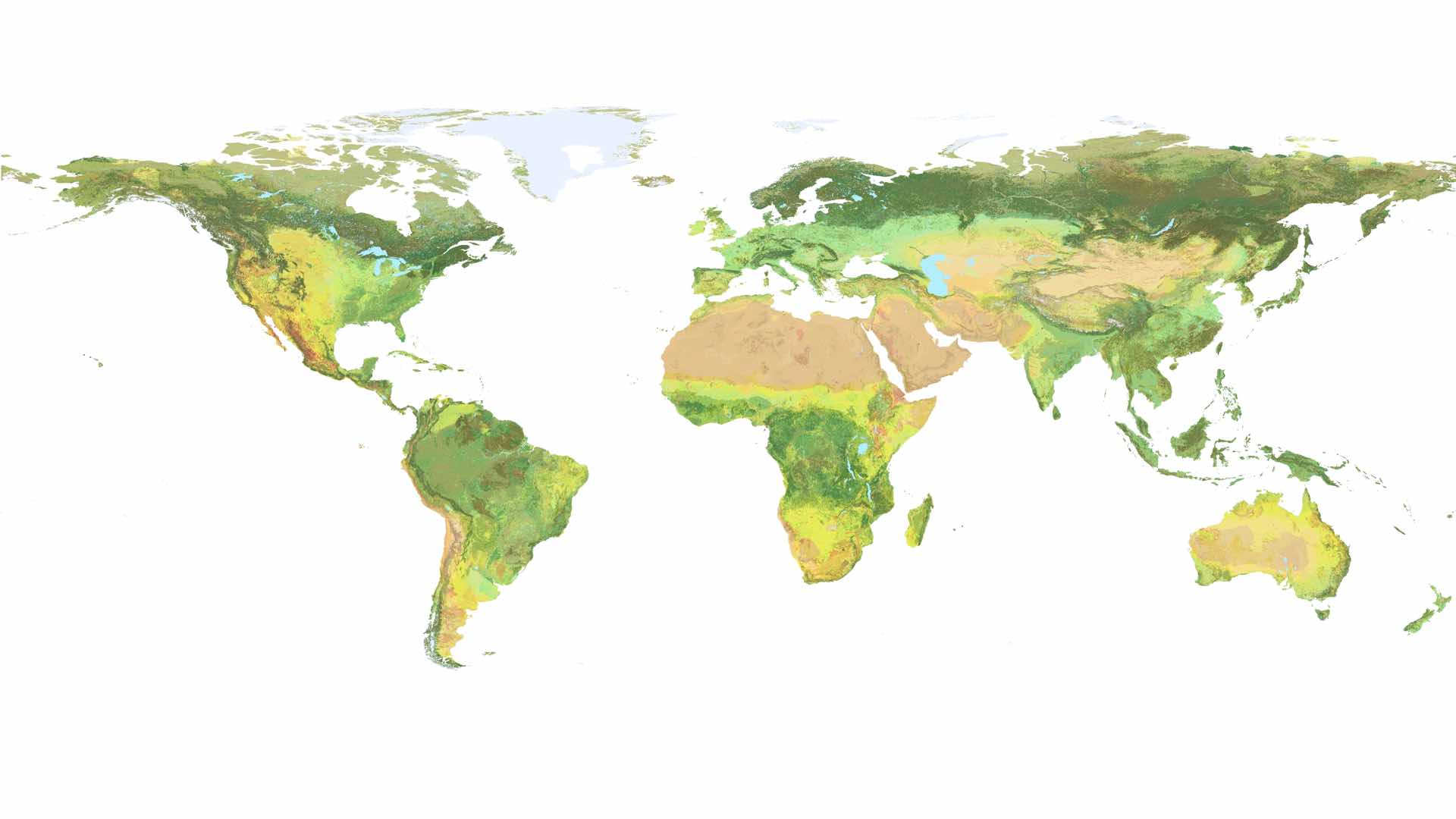
January 10, 2019 |
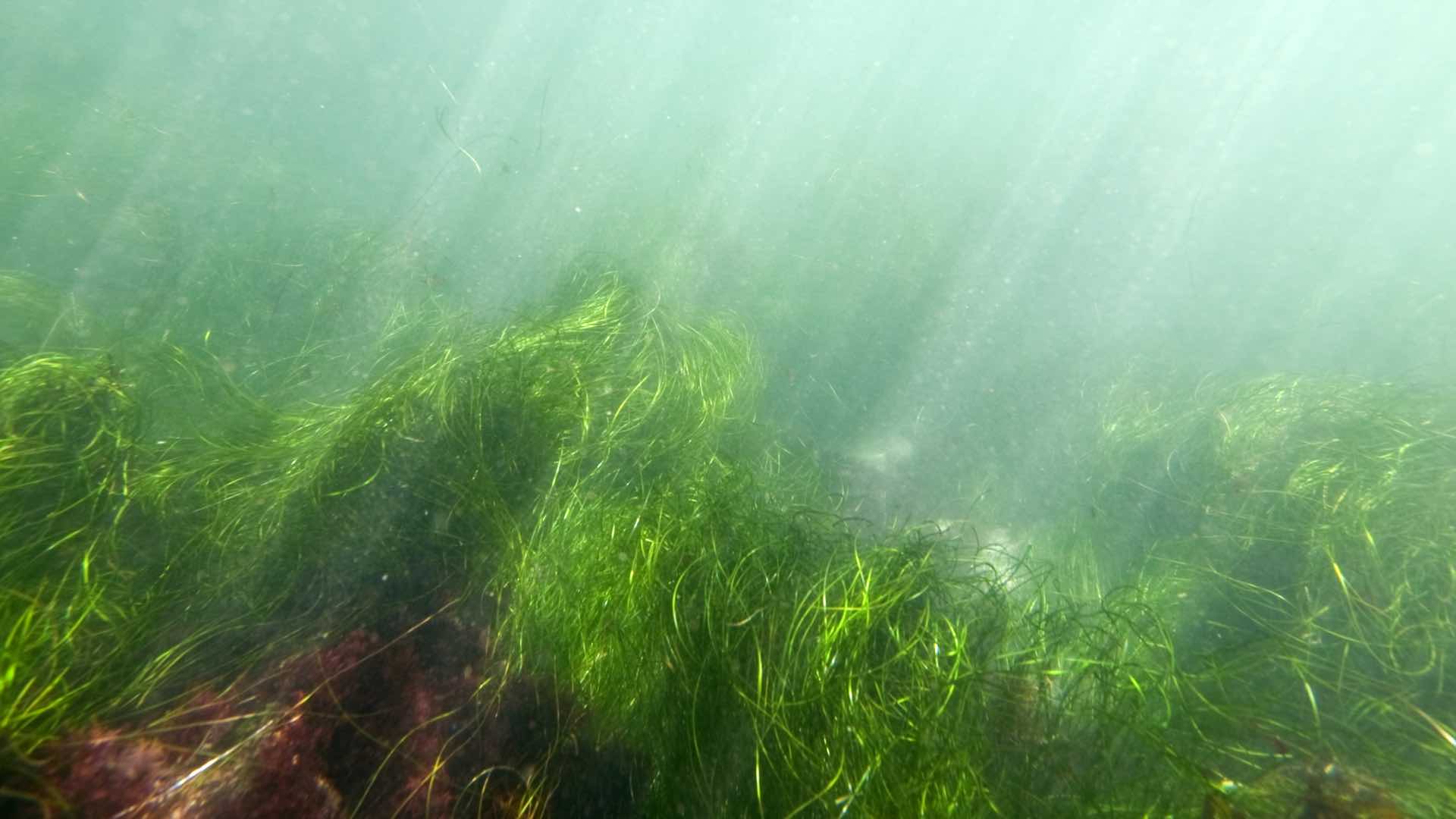
November 13, 2018 |